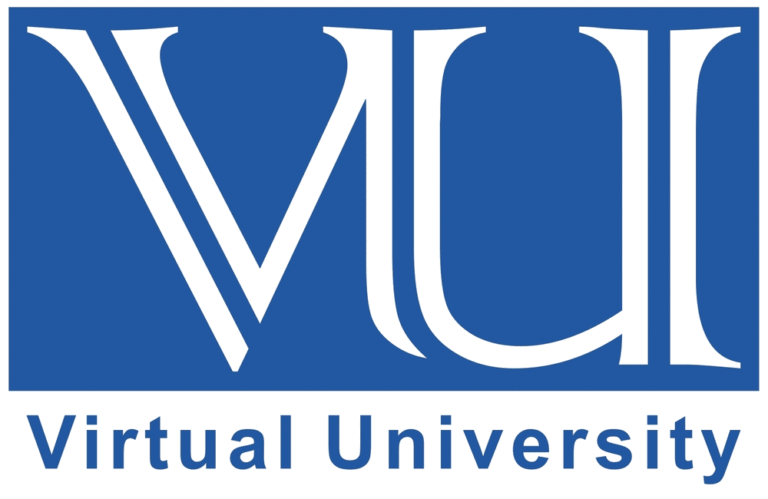CS608 – Software Verification and Validation | Final Term Past Paper | Virtual Univeristy | VU Exam Guide

Unveiling CS608: Understanding Software Checks and Assurance
Table of Contents
Introduction
CS608: Software Verification and Validation is an introductory course that helps make sure software is accurate and dependable. We’ll discuss the importance of CS608 – Software Verification and Validation, its advantages, its applications, what you’ll learn, and how to be ready for the final term in this blog.
Why Learn CS608?
You learn how to verify software for errors in Software Verification and Validation course. We must ensure that software functions properly as it plays a bigger role in our daily lives. Gaining knowledge of Software Verification and Validation can help save time and money by preventing software errors.
Benefits of Studying CS608
Better Software Quality
Gaining knowledge about Software Verification and Validation improves software. Individuals who use software are happier when it is well-made.
Saving Money
Errors are less expensive to correct now than they are later. It is taught in CS608 how to identify errors early on.
Happy Users
When software functions properly, users enjoy using it. Software Verification and Validation is used to create software that users love.
Good Jobs
Companies find you valuable if you know CS608. They are looking for software developers.
Job Opportunities after Learning CS608
Upon completion of CS608: Software Verification and Validation, a plethora of job options become available to you. Enterprises from many sectors place a great importance on experts who can guarantee software quality and dependability. The following are some possible positions you may look into:
- Software Quality Assurance Engineer: Developing and putting into practice testing procedures to make sure software satisfies quality standards will be your job as a software quality assurance engineer. As part of your job, you’ll find bugs, troubleshoot problems, and work with development teams to improve the quality of software.
- Quality Analyst: Software systems must be evaluated by quality analysts to make sure they satisfy predetermined quality standards. You’ll carry out in-depth evaluations, examine test outcomes, and offer suggestions for enhancing the dependability and efficiency of software.
- Test Automation Engineer: To increase productivity and streamline testing operations, test automation experts concentrate on automating software testing procedures. You will design and create automated test scripts to verify software functionality and performance by utilizing automation tools and frameworks.
- Software Validation Specialist: Software validation experts are experts at confirming that software systems adhere to industry norms and legal requirements. You will guarantee that software satisfies requirements, operates dependably, and follows quality assurance protocols.
- Quality Assurance Manager: Quality assurance managers oversee the entire quality assurance process within an organization. Your responsibilities may include defining quality standards, developing QA strategies, and leading QA teams to ensure consistent delivery of high-quality software products.
- Consultant: As a consultant for software verification and validation, you’ll offer knowledgeable advice to businesses looking to enhance their software quality procedures. In order to increase the efficacy and dependability of software, you will evaluate present procedures, point out opportunities for development, and suggest specific fixes.
- Software Development Engineer in Test (SDET): To build reliable automated test suites, SDETs integrate testing knowledge with software development abilities. Together with development teams, you will closely collaborate to incorporate testing into the software development lifecycle, guaranteeing timely defect discovery and continual delivery of high-caliber software.
- Quality Assurance Lead: Leads in quality assurance are in charge of overseeing and organizing QA tasks for various projects. Establishing QA procedures, formulating testing plans, and supervising QA teams are all necessary to guarantee the reliable delivery of high-caliber software solutions.
- Gaining expertise in software validation and verification through CS608 will put you in a strong position to pursue fulfilling career options in quality assurance, software engineering, and related sectors, allowing you to have a big effect on the rapidly changing tech sector.
Current Applications of Software Verification and Validation
CS608 is used in many areas:
- Automobiles: CS608 contributes to software safety assurances.
- Healthcare: To ensure patient safety, hospital software is checked using this method.
- Money: CS608 is used by banks to verify the accuracy of their software.
- Space: CS608 serves as a software developer for satellites and rockets.
What You’ll Learn
After CS608, you’ll know:
- Checking Software: How to look for mistakes in software.
- Fixing Problems: How to make software better.
- Thinking Smart: How to figure out if software is good or bad.
- Doing Things Right: How to follow rules for making good software.
Final Term Preparation
Before the final term, do these things
- Examine Notes: Go over the notes you took in class. They support your memory.
- Practice: To prepare for the test, complete practice questions.
- Consult with Friends: Ask friends about concepts you’re unclear on.
- Ask questions: Consult your teacher or fellow students if you have any doubts about anything.
- Make a Time Plan: Establish a study plan so you can prepare for the test.
Final Thoughts
CS608 is not merely a course. It ensures that software functions properly. You will learn how to create better software and improve the world by taking CS608. So, prepare to study, enjoy yourself, and change the world with CS608!
Download more Final Term Past Paper of Virtual Univeristy.
 Virtual University
Virtual University
 Superior university
Superior university